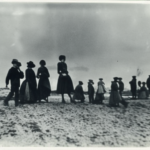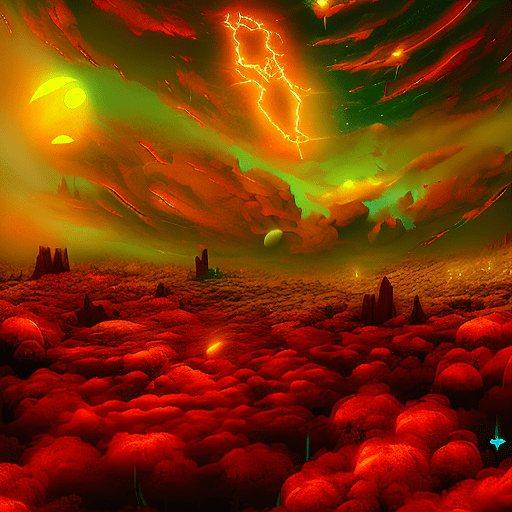One-line Summary:
In “The Heart Goes Last,” a dystopian novel by Margaret Atwood, a couple joins a social experiment that promises a stable life but soon discovers the dark secrets behind it.
The Positron Project: A Solution to Economic Crisis
“The Heart Goes Last” is set in a near-future world where economic collapse has left many people unemployed and desperate. In an attempt to restore stability, the government introduces the Positron Project, a social experiment that offers a seemingly perfect solution. Stan and Charmaine, the main characters, willingly participate in the project, which promises a comfortable life in the town of Consilience. The project requires participants to alternate between living in a comfortable suburban home and serving as prisoners in the Positron prison.
The Illusion of Control and the Dark Underbelly
At first, Stan and Charmaine are relieved to have a steady income and a secure home, free from the dangers of the outside world. However, as they settle into their new routine, they begin to realize that Consilience is not the utopia they were promised. The illusion of control quickly unravels as they discover the dark underbelly of the project. The town’s leaders, Jocelyn and Ed, exploit the prisoners for their own personal gain, engaging in illegal activities and manipulating the lives of the participants.
As Stan and Charmaine delve deeper into the secrets of Consilience, they become entangled in a web of deceit, power struggles, and forbidden desires. They find themselves questioning their own morality and the lengths they are willing to go to protect themselves and each other. The couple’s relationship is tested as they navigate the complexities of the project and the consequences of their actions.
The Fragility of Identity and the Search for Freedom
Throughout the novel, Atwood explores the theme of identity and the impact of external forces on individual autonomy. The characters in “The Heart Goes Last” are constantly forced to adapt and conform to the expectations of the project, blurring the lines between their true selves and the personas they must adopt. As they struggle to maintain a sense of self, they also grapple with the desire for freedom and escape from the oppressive system.
In their quest for liberation, Stan and Charmaine encounter a group of rebels known as the “RejoovenEsence” fanatics. These rebels challenge the authority of Consilience and offer an alternative vision of freedom. Stan becomes entangled with the rebels, while Charmaine remains torn between her loyalty to her husband and her desire for a different life.
As the story unfolds, Atwood raises thought-provoking questions about the nature of control, the fragility of identity, and the lengths individuals will go to preserve their sense of self and find freedom.
Key Takeaways:
- The allure of stability and security can blind individuals to the dark secrets and manipulation behind seemingly perfect systems.
- External forces can erode one’s sense of identity, forcing individuals to adapt and conform to survive.
- The desire for freedom and escape from oppressive systems can lead individuals to question their own morality and make difficult choices.
“When you’re young, you assume you’ll have a whole lifetime of choices ahead of you. But then you get older and you realize you’ll never have time for all the choices you thought you would.”
In “The Heart Goes Last,” Margaret Atwood crafts a compelling dystopian narrative that explores the complexities of control, identity, and freedom. Through the experiences of Stan and Charmaine, readers are confronted with the consequences of surrendering autonomy in exchange for stability. Atwood’s thought-provoking storytelling serves as a cautionary tale, reminding us to question the systems we embrace and the sacrifices we make in the pursuit of security.












